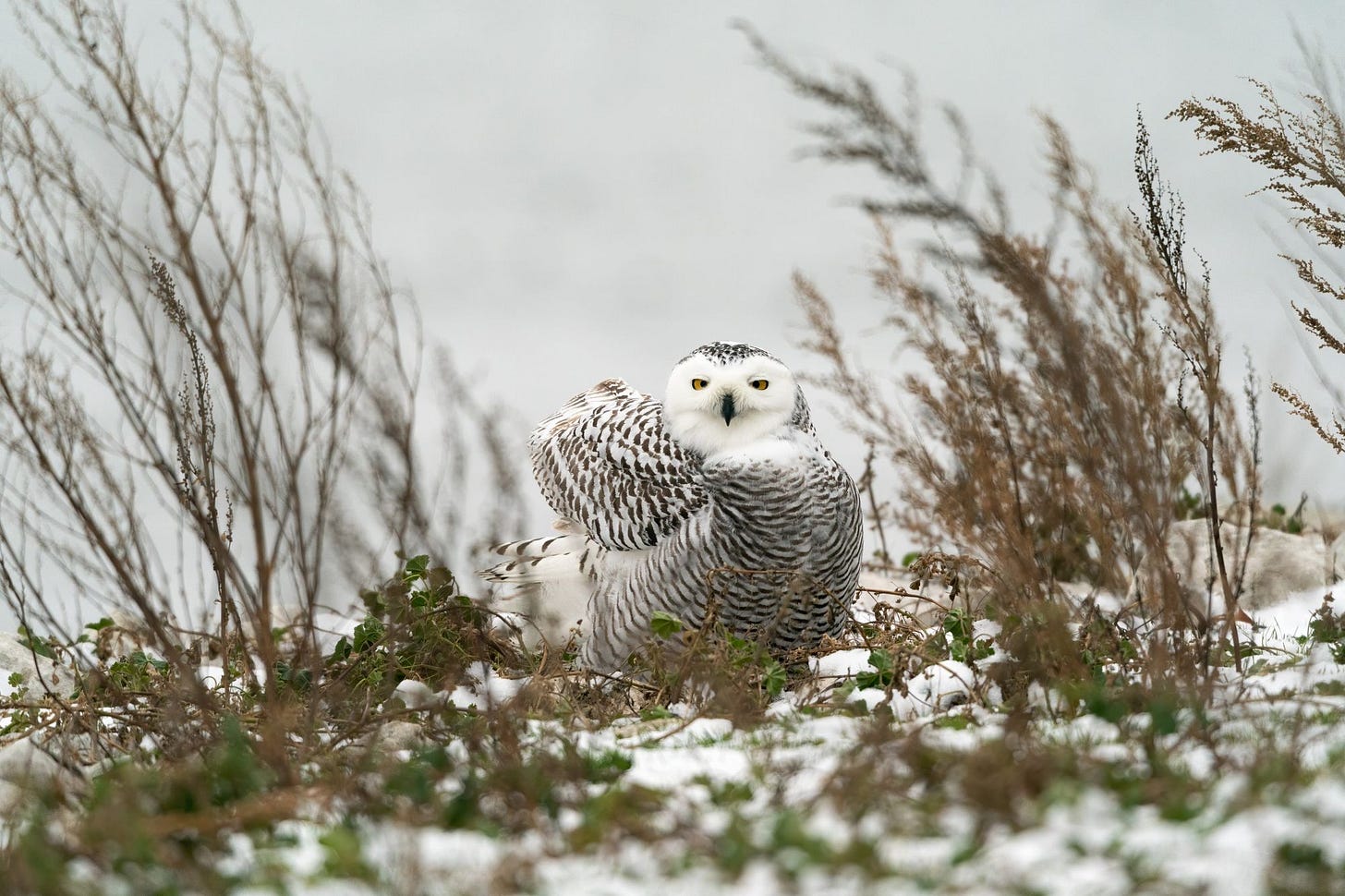I sent my husband the second draft of the novelette I’m working on and he had some questions about what the characters’ wings looked like and I, uh, I didn’t know, so I had to do some research about what’s normal for arctic birds.
Fun Facts
Ravens, puffins, gulls, redpolls, gyrfalcons, snowy owls, and ptarmigans live in the arctic regions year-round despi…
Keep reading with a 7-day free trial
Subscribe to Manuscriptions to keep reading this post and get 7 days of free access to the full post archives.



